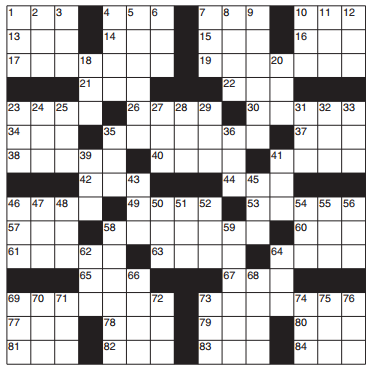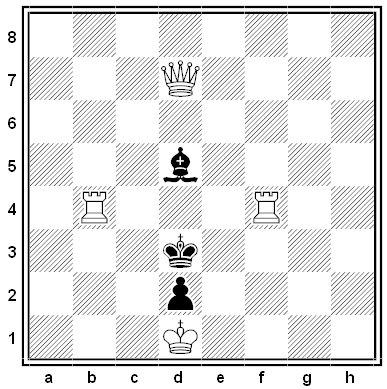“Boarding-House Geometry,” by Stephen Leacock:
Definitions and Axioms
All boarding-houses are the same boarding-house.
Boarders in the same boardinghouse and on the same flat are equal to one another.
A single room is that which has no parts and no magnitude.
The landlady of a boarding-house is a parallelogram — that is, an oblong angular figure, which cannot be described, but which is equal to anything.
A wrangle is the disinclination of two boarders to each other that meet together but are not in the same line.
All the other rooms being taken, a single room is said to be a double room.
Postulates and Propositions
A pie may be produced any number of times.
The landlady can be reduced to her lowest terms by a series of propositions.
A bee line may be made from any boarding-house to any other boarding-house.
The clothes of a boarding-house bed, though produced ever so far both ways, will not meet.
Any two meals at a boarding-house are together less than two square meals.
If from the opposite ends of a boarding-house a line be drawn passing through all the rooms in turn, then the stovepipe which warms the boarders will lie within that line.
On the same bill and on the same side of it there should not be two charges for the same thing.
If there be two boarders on the same flat, and the amount of side of the one be equal to the amount of side of the other, each to each, and the wrangle between one boarder and the landlady be equal to the wrangle between the landlady and the other, then shall the weekly bills of the two boarders be equal also, each to each.
For if not, let one bill be the greater. Then the other bill is less than it might have been — which is absurd.
From his Literary Lapses, 1918. See Special Projects.




